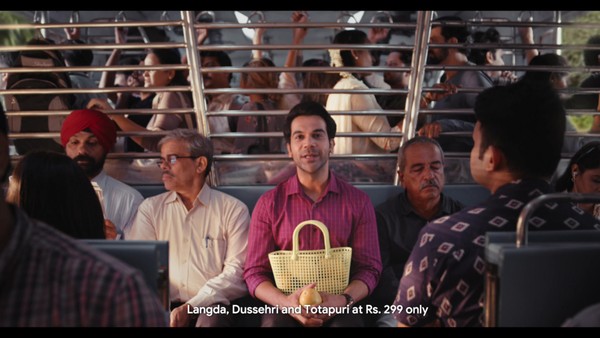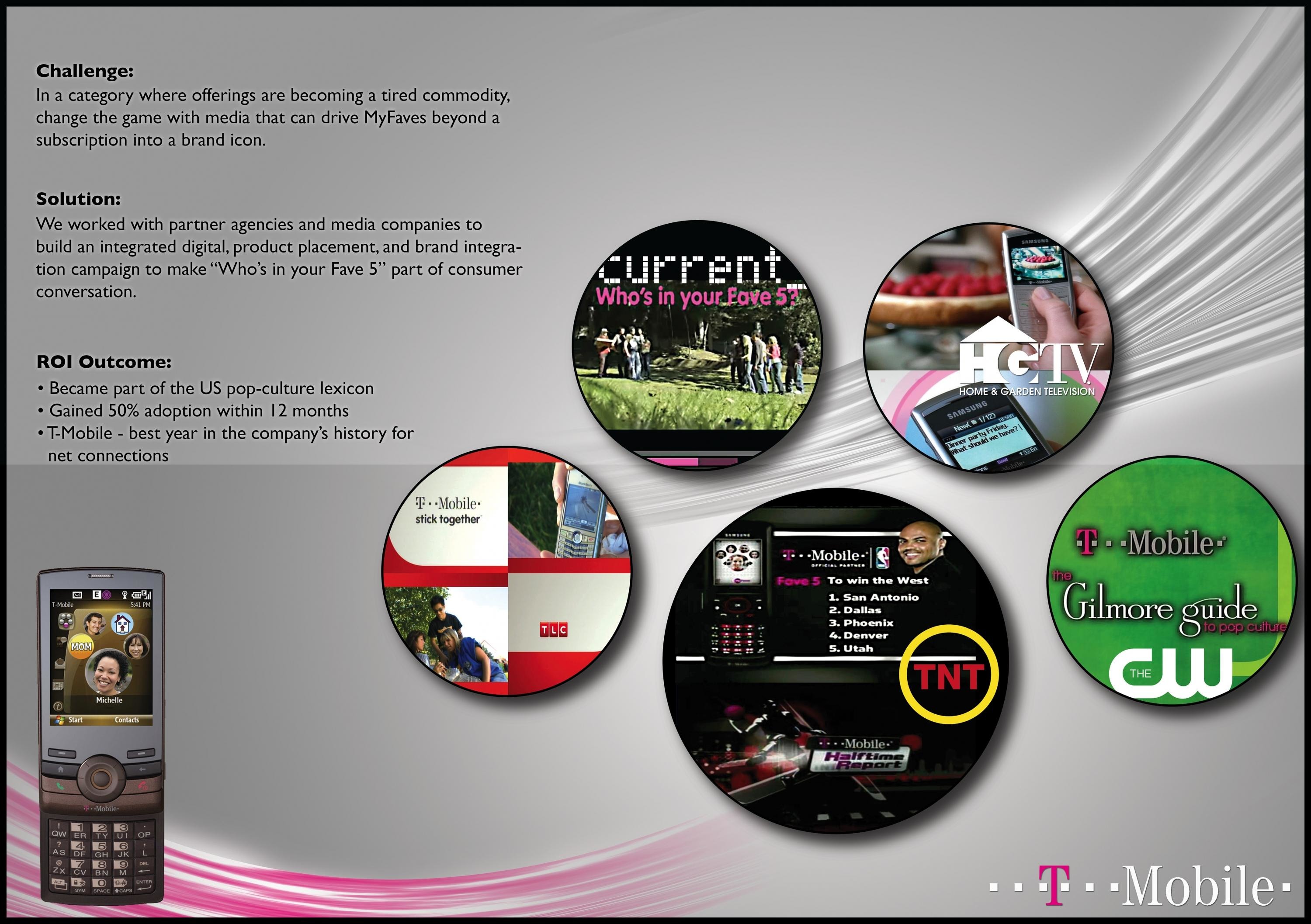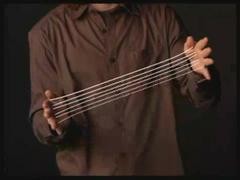Cannes Lions
GOOGLE GLASS
GOOGLE, Mountain View / GOOGLE / 2014


Overview
Entries
Credits
OVERVIEW
Description
The Glass Explorer Stories are a series of documentaries about the Google Glass Explorers, a new kind of testing program for a new product from Google. Google Glass is smart eyewear that uses a transparent display to project information above your line of sight. It features a 720p camera that allows the user to shoot video from his or her point of view. Google gave the first version of Glass to a handful of people chosen from a large group who applied to be testers. Each applied by describing their own unique take on how they might use the device, in the effort of exploring all of the possibilities with the new technology.
We chose five of these Explorers as subjects for films about how they use Glass. These films were all shot 100% through the technology they were documenting. This presented many challenges as we were using technology that was actively being tested and upgraded, but also presented unique opportunities to shoot in ways that had never been done before. The resulting films not only showed the amazing things Explorers were doing with the technology, but what we could create with Glass as well.
Execution
The Glass Explorer Stories posed extreme technical and physical challenges. Many of these stemmed from the decision to shoot every film with only Google Glass, an experimental product still in testing. The equipment was unfamiliar to operate, and there were only a handful of units in existence. Furthermore, the early prototypes (not even released to the public) had a tendency to corrupt footage after more than eight minutes of shooting. What resulted was a merry-go-round of Glass devices, directors, and subjects switching back and forth to capture as much footage as we could before devices ran out of battery life. And since Glass stored everything locally, there was no monitor-- just one digital tech downloading bits of footage directly from the devices.
Because each film was a documentary crew was limited and scripts often changed on the fly. Editing time was limited (sometimes 2 days) because of the smaller budget (averaging under $175k a film). Each location posed it’s own challenges as well. Access to the Large Hadron Collider was extremely limited and we weren’t allowed to scout it at all. While shooting our firefighter, we were constantly worried about our Glass melting or our directors getting burned. In one film, the director actually built a special rig so he could shoot from the same level as our subject in her wheelchair while wearing glass. What resulted in the end was a set of films that were genuine and authentic, as much a product of their process as their subject matter.
Outcome
175,000+ people submitted entries for #ifihadglass. 1 million people joined our communities across multiple social platforms. The Glass Explorer Program launched a new brand and innovative technology, and ignited the conversation around wearable technology. With the launch of prescription frames for Glass, the cultural conversation shifted from cyborg to chic.
Over 23 million people - the population of Australia - have visited our site. Videos created to highlight the Glass Explorer Program have garnered 37 million+ views.
As a result of the Glass Explorer Program, an engaged community of Glass evangelists have developed a relationship with Glass, and are highly anticipating our consumer launch.
Similar Campaigns
12 items






